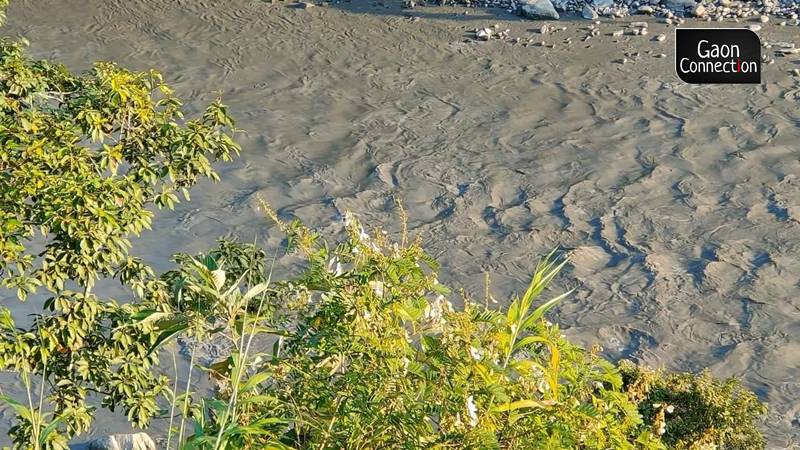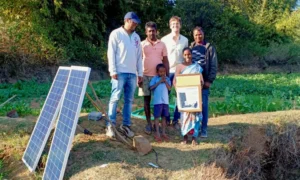An urgent advisory was issued on October 29, last week, from the office of the deputy commissioner, Seppa, East Kameng district, Arunachal Pradesh. The advisory cautioned people against stepping into the Kameng river to fish, sell the fish to anyone or even consume it.
This came in the wake of an alarming phenomenon where the Kameng turned black and thousands of fish were found floating on its surface near Seppa village, most of them dead.
The news spread like wildfire and people from other nearby villages headed to the river to catch the fish. The advisory warned them against doing so, until the waters and the fish were tested and it was ascertained why such a thing had happened.
Also Read: Matsya Setu, an app exclusively for the fish farmers in India
While rumours and conspiracy theories abound, Goken Ete, deputy director, fisheries department, Arunachal Pradesh, told Gaon Connection, “According to the district fisheries development officer, East Kameng, the fish died due to lack of oxygen.”
“The fisheries department had the waters of the river tested, and they found the level of TDS (total dissolved solids) very high,” the deputy director added. The TDS levels were at approximately 6,800 milligram per litre (mg/litre), much higher than normal which should be no more than 300 mg/litre, Ete said.
Also Read: Fish feed made from litchi seeds to cut costs for the fish farmer by 25%
The Kameng river had also turned nearly black. “The impurities in the water enter the gills of the fish and prevent them from breathing in oxygen, and that is the reason they died,” Ete explained.
The 264 km-long Kameng river originates in Tawang district in Arunachal Pradesh from a glacial lake below the snow-capped Gori Chen mountains on the Indo-Tibet border. It is a major tributary of the Brahmaputra River, joining it at Tezpur in Assam.
“The fish was brought to the Krishi Vigyan Kendra to be tested. And so far it appears that it was the dirty waters that killed the fish,” Satyendra Kumar, fisheries department, East Kameng, told Gaon Connection. Satyendra Kumar said they did not suspect any foul play or poisoning of the waters as that would have emerged in the process of testing.
“But this is the first time in so many years that the waters are so sullied. We spoke to some farmers upriver and they said the condition was the same there too,” Kumar added. He said that a team would soon be going upstream to test the river waters. “Only then it may become clear why the fish died,” he said.
Read the story in Hindi



















